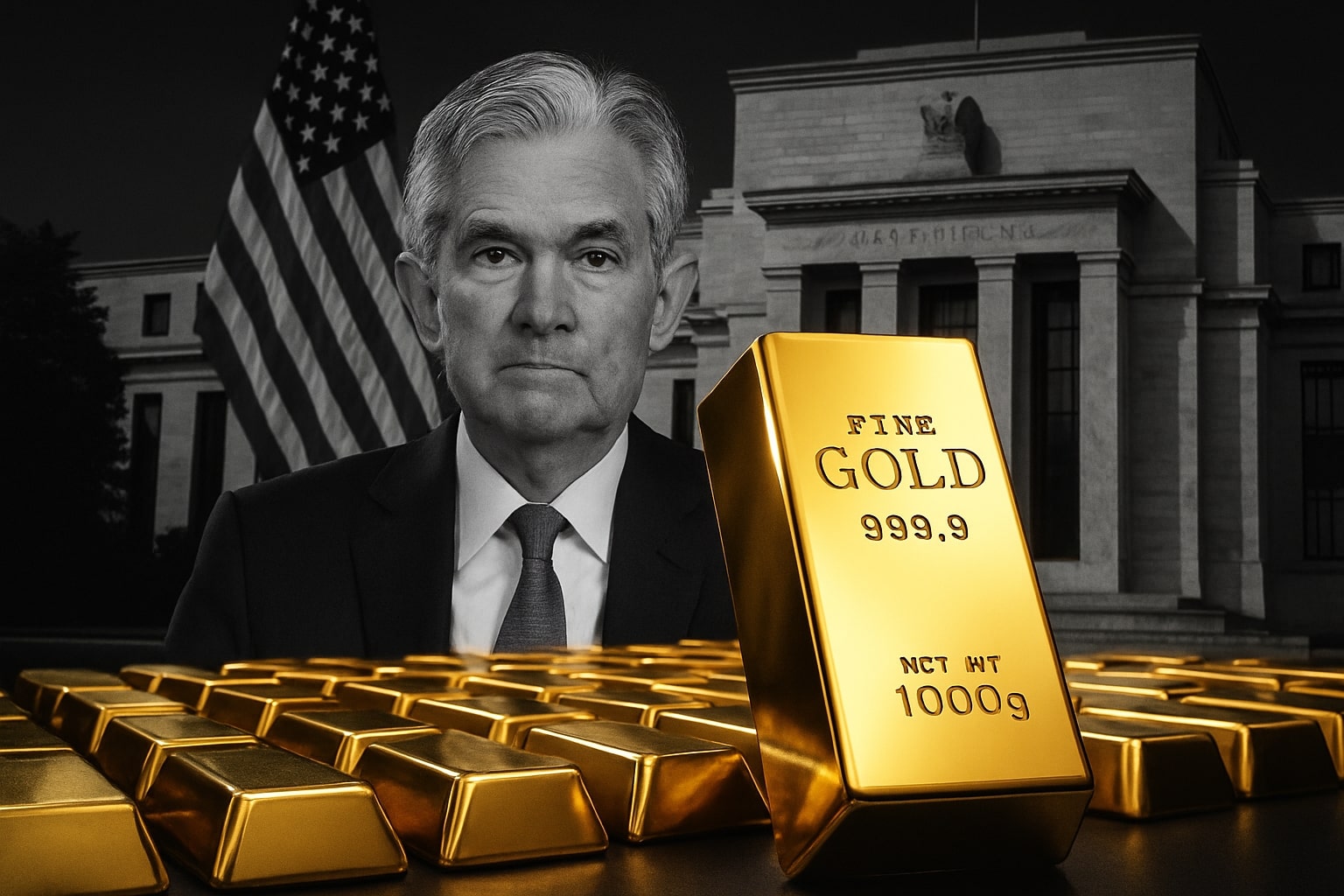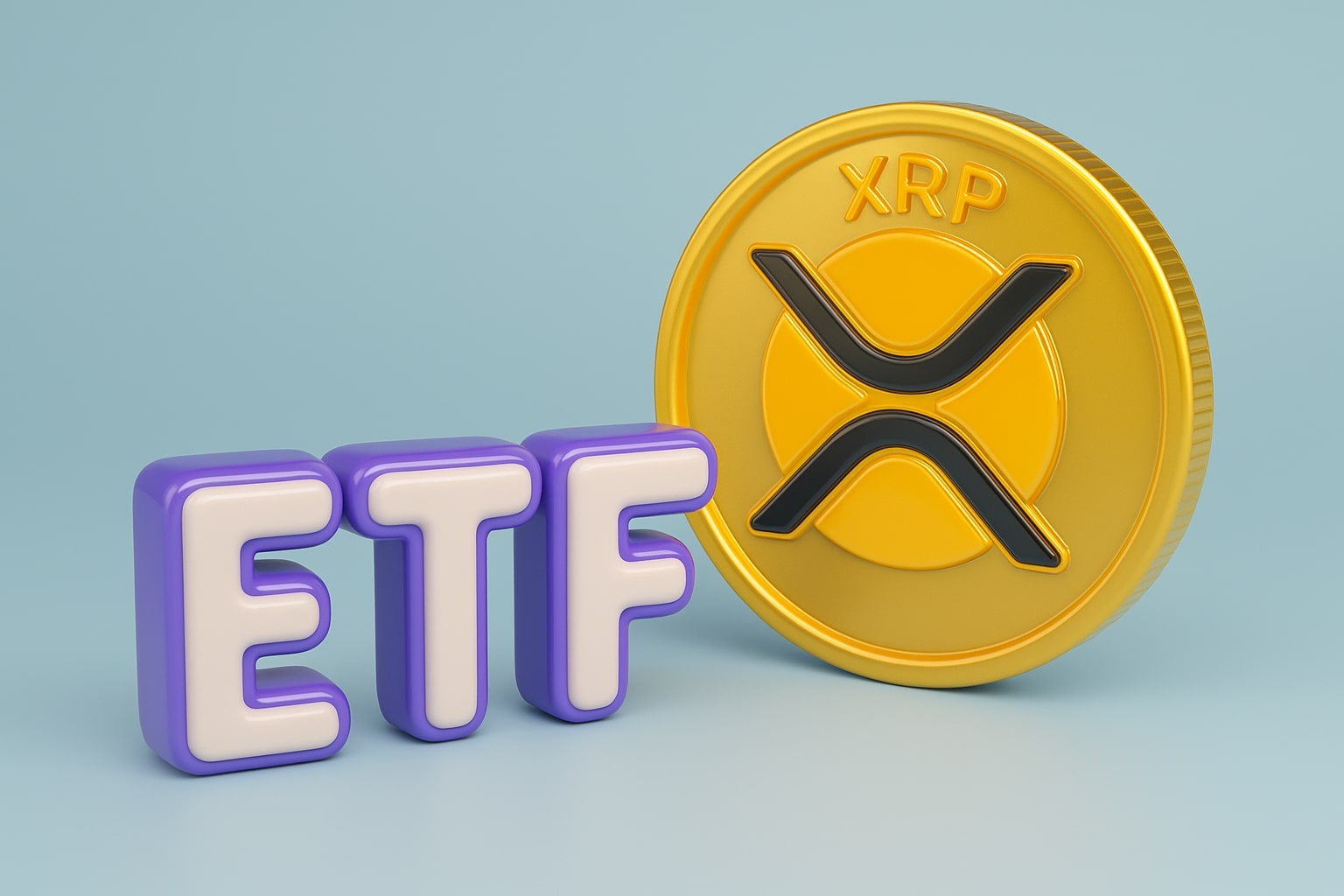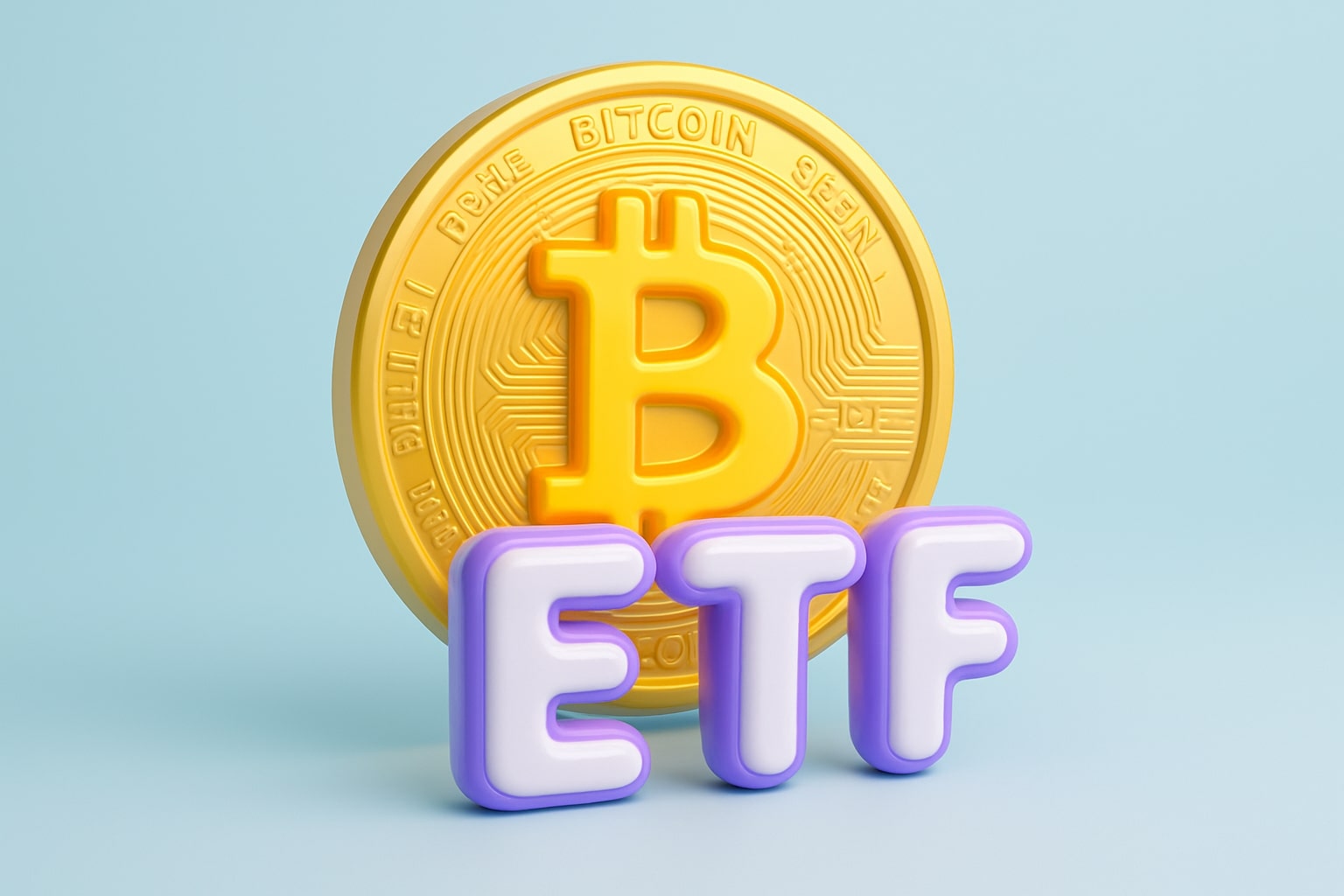XAU/USD Stabilizes Above $4,000 After Multi-Week Slide
Gold (XAU/USD) is consolidating just above the $4,000 per ounce mark following one of its sharpest corrections of 2025. After hitting an all-time high above $4,356, the metal plunged 8.7% over recent weeks, reaching an intraday low of $3,886 before recovering. The latest weekly close near $4,000.57 marks the third consecutive decline, but also the smallest trading range since mid-September — a sign that selling pressure is fading as markets digest macro and geopolitical shocks. Despite the retracement, gold remains up over 19% year-to-date, supported by relentless central bank buying, fiscal stress in major economies, and the return of the currency devaluation trade, which continues to attract investors seeking shelter from the erosion of fiat value.
Safe-Haven Flows Reignite as U.S. Shutdown Extends Beyond 5 Weeks
Persistent U.S. political paralysis and the 38-day government shutdown have revived safe-haven flows into bullion. The delay of the non-farm payrolls report and broader macro data disruptions have amplified uncertainty, pushing traders to reduce risk exposure in equities and the dollar. The CME FedWatch Tool now prices a 66% probability of a December rate cut, compared to 48% just two weeks earlier. The U.S. Dollar Index (DXY) has retreated to 99.55, down 0.14%, while 10-year Treasury yields eased to 4.09%, both developments supporting gold’s resilience above key support. Traders note that each time the shutdown extends past a month, gold tends to outperform equities by an average of 4.2%, reinforcing its defensive appeal during policy dysfunction.
Central Banks Accumulate Gold at Record Pace
One of the most powerful forces underpinning the market is central bank accumulation. According to the World Gold Council, sovereign institutions are on track to purchase over 1,000 tons of gold in 2025 — the fourth consecutive year exceeding that threshold. Countries including China, India, Turkey, and Singapore have expanded reserves aggressively to diversify away from the dollar. These purchases are not speculative; they are part of a long-term structural hedge against currency depreciation and sovereign debt expansion. Analysts estimate that Asian central banks alone have absorbed nearly 70% of global gold flows this year. The People’s Bank of China, for example, added 27 tons in October, bringing its total holdings to 2,270 tons, the highest in its modern history.
Currency Devaluation Trade Reawakens Amid Fiscal Strain
Strategists such as Stephen Innes of SPI Asset Management emphasize that gold’s long-term bull thesis remains tied to a “slow-burning currency devaluation trade.” With U.S. fiscal deficits projected to surpass $2 trillion in 2026, investors continue rotating out of fiat and into hard assets like gold and Bitcoin. The combination of rising interest costs, surging debt issuance, and a looming wave of Treasury monetization has reignited long-duration inflation hedging. Even if the devaluation trade appears “dormant” in the short term, it remains a dominant theme in macro portfolios. As Peter Spina of GoldSeek.com notes, gold’s pullback could merely be “a calibration phase” before another explosive move — potentially to $5,000 per ounce if inflation expectations remain anchored above the Fed’s target and monetary stimulus resumes globally.
Technical Framework: Bulls Defend the 4K Line
From a technical standpoint, XAU/USD continues to respect the $4,000 psychological threshold, with buyers consistently defending the zone between $3,847 and $3,878, corresponding to the 50-day moving average and 50% retracement of the late-August rally. The latest weekly doji pattern on the chart indicates indecision, signaling that a potential exhaustion low is forming. Momentum, however, remains fragile: the RSI has retreated from overbought levels to 58, and weekly MACD readings show fading bullish momentum. Key resistance lies near $4,080 (median-line) and $4,192, representing the 61.8% retracement of the October decline. A close above $4,192 would confirm a bullish reversal, opening the path toward $4,356 and $4,553, the next Fibonacci extensions. Conversely, a sustained break below $3,847 could target $3,720, the 61.8% retracement of the August–October uptrend — a line technicians identify as the medium-term bullish invalidation level.
Global Demand Split: India’s Soft Season vs. Chinese Hoarding
Physical market trends are diverging across regions. In India, high volatility and record rupee-adjusted prices have curbed jewelry demand, forcing dealers to offer steep discounts of $30–$40 per ounce against global benchmarks. By contrast, China’s bullion appetite has strengthened following policy shifts that allowed state banks to expand import quotas. The country’s retail gold ETFs recorded net inflows of $1.4 billion in October alone, reversing three months of outflows. Beijing’s planned reform of its rare earth export licensing framework may indirectly boost domestic liquidity, further supporting gold buying among institutional and household investors. The broader Asia-Pacific demand remains robust, especially from emerging markets seeking protection against regional currency instability.
Macro Environment: Fed Pivot and Fiscal Reckoning Ahead
The upcoming Federal Reserve pivot — with markets expecting quantitative easing to resume on December 1, 2025 — could prove decisive for gold’s next major move. The policy shift, driven by slower U.S. growth and the need to fund persistent deficits, will likely weaken the dollar further while reigniting commodity inflation. Gold’s correlation with real yields has reasserted itself: every 10-basis-point decline in the U.S. 10-year TIPS yield historically lifts gold by about $25. With real rates now oscillating near 1.6%, well above post-pandemic averages, the metal retains significant headroom. Meanwhile, the World Bank projects that global government debt-to-GDP ratios will exceed 102% in 2026, reinforcing gold’s role as the ultimate fiscal hedge.
Short-Term Price Dynamics and Market Psychology
After a 11.3% pullback from its record high, gold’s price action reflects a tug-of-war between institutional hedging and speculative unwinding. The CFTC’s latest Commitment of Traders (COT) data shows managed-money net longs trimmed to 262,000 contracts, down 18% from October, signaling short-term caution. However, ETF inflows resumed modestly last week, with the SPDR Gold Trust (GLD) adding 12.6 tons, its first positive flow in a month. Retail sentiment, measured by IG’s client positioning, shows 62% of traders net-long, typically a contrarian signal but reflective of the safe-haven bias dominating retail flows.
Local Price Adjustments and Silver Correlation
In Pakistan, domestic gold prices fell Rs600 per tola, with 24-karat rates dropping from Rs423,062 to Rs422,462, mirroring the global dip from $4,007 to $4,001 per ounce. Silver also softened to $48.32 per ounce, down $0.18. Across markets, the gold-silver ratio has widened to 82.9, near its five-year average, showing that while silver tracks gold’s moves, investors continue favoring the yellow metal as a purer monetary hedge amid global volatility.
Investor Positioning and Outlook
The structural case for gold remains anchored in macro deterioration, not just rate cycles. Fiscal indiscipline across major economies, coupled with record central bank accumulation, validates gold’s role as both insurance and performance asset. Short-term volatility around $4,000 may persist, but the absence of clear technical “sell” signals and continued buying from non-Western sovereigns suggests limited downside. Traders are watching for a breakout beyond $4,046–$4,192 to confirm renewed bullish acceleration.
Verdict: XAU/USD – Short-Term Neutral, Medium-Term Bullish (Buy)
After reviewing all macro, technical, and institutional data, gold (XAU/USD) appears to be in the late stage of a correction within a larger bullish supercycle. The base above $3,850 is holding firm, supported by central bank demand and expectations of a December rate cut. While short-term fluctuations could test $3,720–$3,850, the broader trajectory points higher, with potential targets of $4,356, $4,553, and $5,000 over the next 12 months. The overall market structure supports a Buy outlook — with gold retaining its dominance as the premier hedge against fiscal erosion, monetary easing, and global instability.
That's TradingNEWS




















